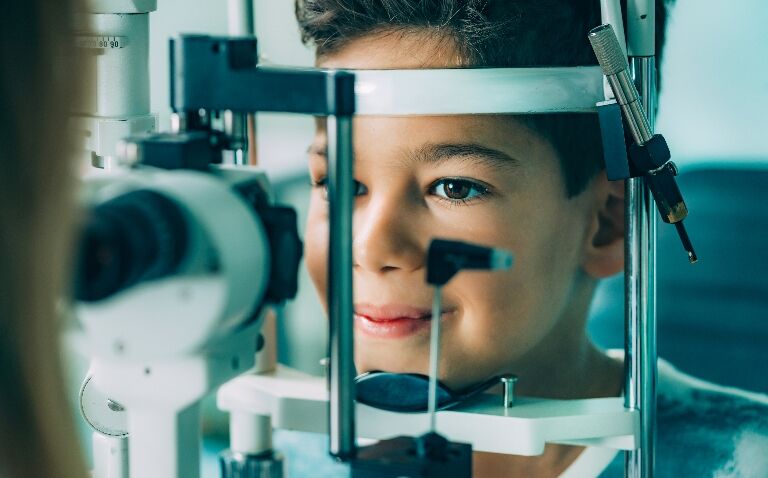New research suggests adults who had amblyopia, or ‘lazy eye’, as a child are more likely to develop serious disease in adulthood than those who did not have amblyopia in childhood.
Researchers at University College London (UCL) analysed health records of over 3,000 people who had amblyopia as children.
The findings, published in the journal EclinicalMedicine, showed people with childhood amblyopia had a higher chance of developing diabetes, hypertension and obesity, as well as being at a higher risk of a heart attack than those without the condition.
Although more studies are needed to establish a causal link between amblyopia and adulthood disease, the researchers suggest that amblyopia may represent a relatively common and accessible neurodevelopmental model for research into the early life factors of health and disease.
Amblyopia is a neurodevelopmental condition caused by a breakdown in communication between the brain and the eye. Vision in one eye does not develop properly because the brain cannot process the information it receives, leading to reduced vision. Because it only affects one eye, diagnosis can be as late as age four or five, as children do not always realise that their vision is impaired.
The researchers analysed data from 126,399 participants aged 40 to 69 from the UK Biobank cohort who had undergone ocular examination. A subset of 67,321 of these received retinal imaging to determine whether there were any morphological differences in the eyes of participants with amblyopia and those without the condition.
All participants were asked whether they had been treated for amblyopia in childhood and whether the condition still affected them as adults. The researchers also looked for diagnoses of diabetes, high blood pressure, and cardiovascular or cerebrovascular disease. Body mass index, blood glucose and cholesterol levels were also measured, and mortality was tracked.
The researchers found that of the 3,238 participants who reported having amblyopia as a child, 82.2% had reduced vision in one eye as an adult.
Individuals with persisting amblyopia were 1.16 times more likely to be obese and had 29% higher odds of developing diabetes and 25% higher odds of having hypertension. They were also at increased risk of heart attack – even when other risk factors for these conditions, such as comorbidities, ethnicity and social class, were taken into account.
The increased risk of adulthood disease was also found in participants who were diagnosed with amblyopia as a child but had 20/20 vision as an adult, however, the association was weaker than in the adults with lifelong amblyopia.
Professor Jugnoo Rahi, a senior author on the paper from UCL said: ‘Amblyopia is an eye condition affecting up to four in 100 children. In the UK, all children are supposed to have vision screening before the age of five, to ensure a prompt diagnosis and relevant ophthalmic treatment. It is rare to have a ‘marker’ in childhood that is associated with increased risk of serious disease in adult life, and also one that is measured and known for every child – because of population screening.’
The researchers hope that the findings will highlight how child health lays the foundations for adult health.
Professor Rahi added: ‘The large numbers of affected children and their families may want to think of our findings as an extra incentive for trying to achieve healthy lifestyles from childhood.’
Research in 2023 found that being more sedentary in childhood leads to a higher left ventricular mass in young adulthood, which is an independent risk factor for cardiovascular events, which also reveals the benefit of achieving healthy lifestyles from childhood.
A version of this article was originally published by our sister publication Nursing in Practice.










